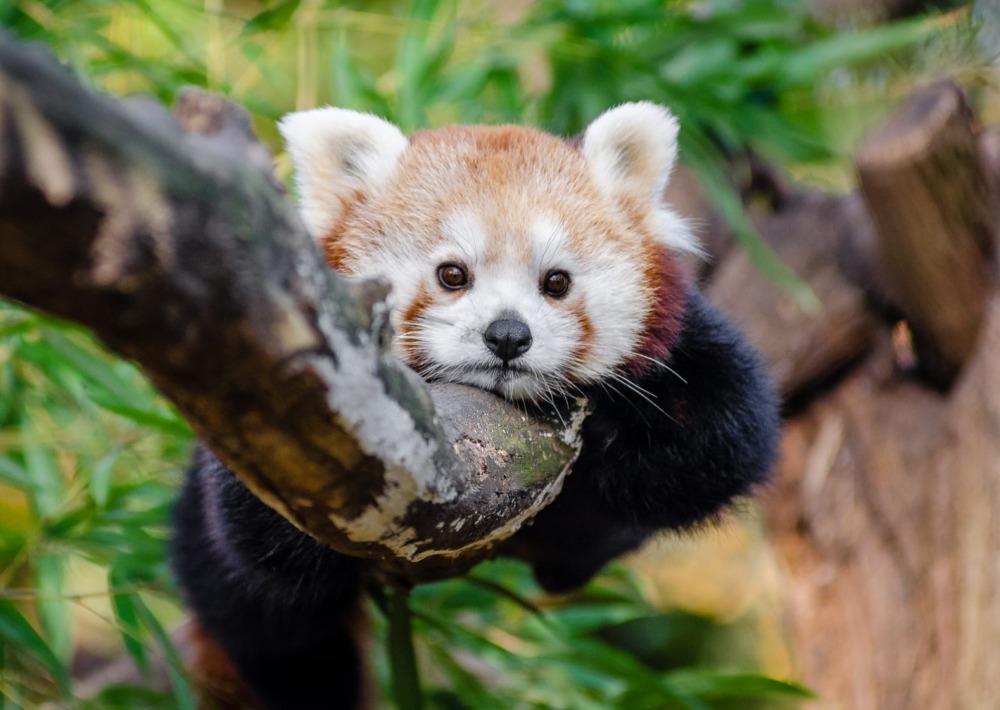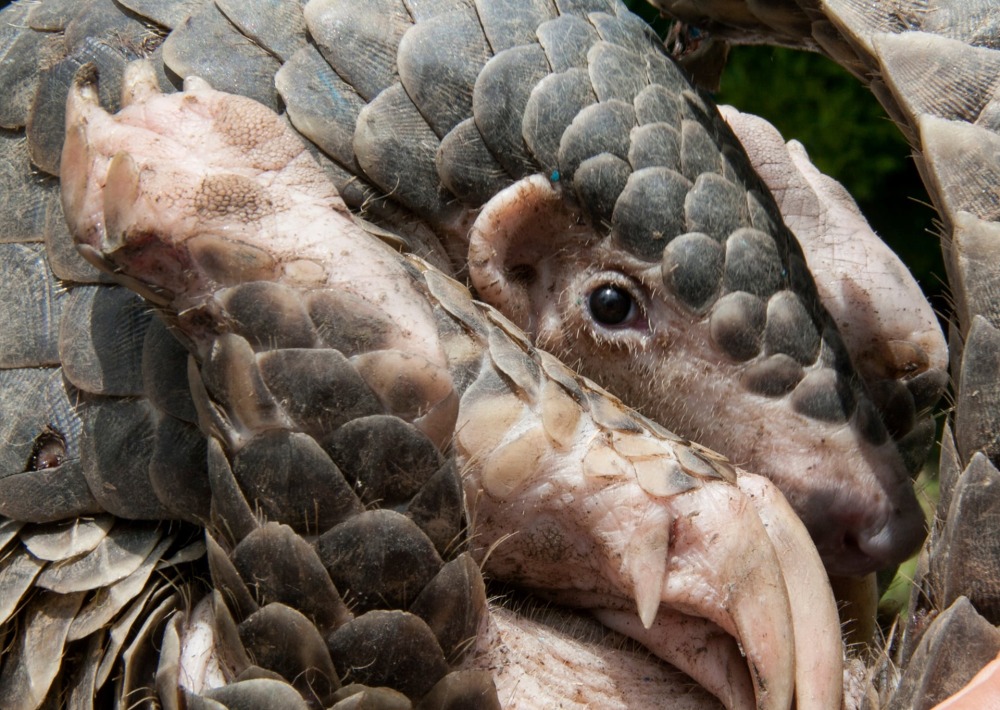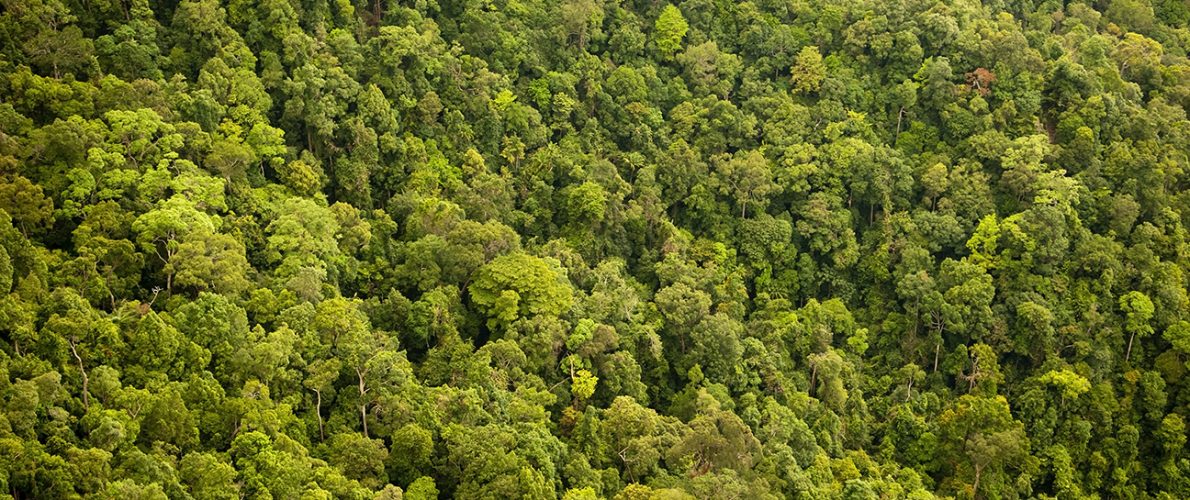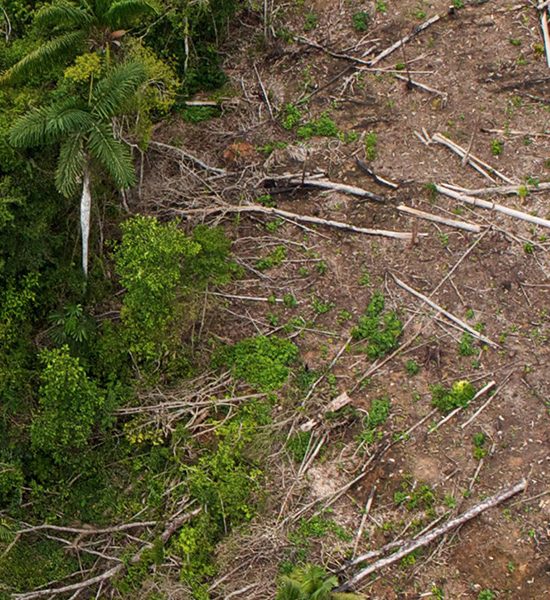
A New National Park for the Myanmar Snub-nosed Monkey
Support More Work Like ThisSupport More Work Like ThisSadly, the Snub-nosed Monkey is totally unprotected currently and is under imminent danger of extinction as deforestation for timber actively destroys the last stands of its ancient forest enclave.
-
Species at Risk
Myanmar Snub-nosed Monkey (CR), Chinese Pangolin (CR), Sunda Pangolin (CR), Red Panda (EN), Shortridge’s Langur (EN)
-
Carbon stored
Not calculated*
*(metric tons of CO2 equivalents) -
Partner
Fauna & Flora International-Myanmar
-
386,176 Proposed Acres Conserved by
Designation
-
Project Cost: $273,433

386,176
Sadly, the Snub-nosed Monkey is totally unprotected currently and is under imminent danger of extinction as deforestation for timber actively destroys the last stands of its ancient forest enclave.
-
Species at Risk
Myanmar Snub-nosed Monkey (CR), Chinese Pangolin (CR), Sunda Pangolin (CR), Red Panda (EN), Shortridge’s Langur (EN)
-
Carbon stored
Not calculated*
*(metric tons of CO2 equivalents) -
Partner
Fauna & Flora International-Myanmar
-
386,176 Proposed Acres Conserved by
Designation
-
Project Cost: £225,975

386,176
In 2010, biologists surveying northern Myanmar’s remote Imawbum Mountain Range discovered a bizarre new species of primate. Having prominent red lips and upturned noses, this spectacular new primate was named the Myanmar Snub-nosed Monkey.
This new primate is found only in high altitude forests of the Imawbum massif. Surveys estimate that the species’ global population numbers between just 260 – 330 individuals, distributed across an area of only 160,000 acres.
Sadly, this species is totally unprotected currently and is under imminent danger of extinction as deforestation for timber actively destroys the last stands of its ancient forest enclave. As Myanmar’s government opens the country to outside development, over 5.2 million acres of some of Southeast Asia’s most pristine and biodiverse forests are now at risk of logging and agribusiness projects. This destruction combined with the future potential for development of this border region with China increasingly threatens the area’s forest habitat, jeopardizing the future of its endangered species.
Biodiversity surveys highlight the incredible conservation value of these forests, recording four other species of rare primates and a stunning variety of Asian mammals. Imperiled wildlife such as Red Pandas, Sun Bears, Clouded Leopards and two Critically Endangered species of pangolin were discovered here. Overall, the Imawbum massif’s montane forests support some of the highest levels of biodiversity in the eastern Himalayas and Asia.
Rainforest Trust is working with a local partner to establish the new Imawbum National Park with the support and involvement of indigenous communities and local authorities. The new park will protect 380,056 acres (an area twice the size of New York City) of Himalayan forest and will provide the first ever protection for the Critically Endangered Myanmar Snub-nosed Monkey as well as the Red Panda and many other spectacular Himalayan species.
Explore Myanmar



Young Chinese Pangolin, by Prafulrao
Biodiversity
The Critically Endangered Myanmar Snub-nosed Monkey was discovered only recently in 2010 and is distinguished by its woolly fur, prominent red lips and a nose that faces upward.
Occurring exclusively in northern Myanmar’s Imawbum Mountains, the primate is restricted to high altitude forests ranging from 5,700 – 10,500 feet where the total population is estimated at only 260 – 330 individuals. These temperate cloud forests support some of the highest levels of biodiversity in the eastern Himalayas. Biodiversity surveys have recorded several other rare primates in the area of the proposed national park, including the Endangered Shortridge’s Langur as well as the Eastern Hoolock Gibbon, Northern Pig-tailed Macaque and Stump-tailed Macaque – all listed as Vulnerable. Additionally, an astounding number of rare mammals call these forests home. Endangered Red Pandas and Dhole in addition to two species of Critically Endangered pangolins – the Chinese Pangolin and Sunda Pangolin – are found here. Other Vulnerable species in the area include Bengal Slow Loris, Asiatic Black Bear, Sun Bear, Clouded Leopard and Takin. The Imawbum Mountain Range is the only area where the Yunnan and Eastern Himalayan Endemic Bird Areas overlap, making it the richest area for birds in Asia. In fact, this area has the second highest bird diversity in the world (second only to the Andes of South America). Over 400 bird species have been recorded within the proposed national park, including several range-restricted species such as the Rufous-necked Hornbill, Beautiful Nuthatch and Snowy-throated Babbler – all classified as Vulnerable by IUCN. Considered some of the most floristically diverse forests in the world, several highly endangered trees and shrubs also have been recorded.
Challenges
Myanmar contains some of the most intact natural habitats and communities of species remaining in Southeast Asia, including many endemics. The countries’ unique biodiversity is due, in part, to decades of economic and political isolation.
However, in the last five years, habitat loss and threats to Myanmar’s wildlife have accelerated as political changes have opened the country to higher rates of overseas investment and natural resource exploitation for East Asia. Immediate threats to wildlife include a lack of protected areas. As a consequence of few parks and reserves, illegal logging by Chinese companies for timber goes on unabated while poaching and hunting for the wildlife trade for China is of great concern. Unfortunately, the Myanmar Snub-nosed Monkey’s facial structure with its upturned nose causes it to sneeze in the rain, making it known to locals as the “sneezing monkey.” This trait is often exploited by hunters, who listen for the monkeys to sneeze during rainstorms. Currently, hunting of wildlife, timber extraction, and conversion of forests to agricultural land is not prohibited in the area. To save the Myanmar Snub-nosed Monkey, Red Panda, and other endangered wildlife of Imawbum, the designation of a national park is critical, particularly as the area is currently un-classified and unprotected.
Communities
The proposed Imawbum National Park lies in Kachin State in far northeastern Myanmar.
Local communities live at a subsistence level, relying on farming, small-scale trade and hunting for their livelihoods. Our local partner has mapped indigenous land surrounding the proposed park, and all indigenous people are in support of the national park designation. Communities will be consulted throughout the project, from final boundary delineation to protected area management planning. They will participate as community rangers in collaborative biodiversity monitoring and patrolling.
Solutions
Despite the incredible biodiversity found in the Imawbum Mountain Range, the area’s forests remain absolutely unprotected.
To save this vital habitat for the Critically Endangered Myanmar Snub-nosed Monkey, the Red Panda, and other threatened species, Rainforest Trust is partnering with Fauna & Flora International – Myanmar – to establish the new Imawbum National Park that will involve indigenous communities and local authorities. The new park will protect 380,056 acres of Himalayan forest, providing the first ever protection for the Myanmar Snub-nosed Monkey. The new Imawbum National Park will focus on collaborative management and will include patrolling and law enforcement, species conservation interventions, protected area infrastructure and awareness programs. While the park designation process continues, community patrol teams will be recruited and trained to establish effective protection for endangered species in the new park. Basic infrastructure will be developed for protected area management including a small headquarters, ranger stations, and field equipment for patrolling and monitoring wildlife. Long-term protection efforts will emphasize community integration, making local people stakeholders in conservation efforts through regular biological monitoring and development programs. The creation of Myanmar’s newest national park will ensure protection for the Myanmar Snub-nosed Monkey, the Red Panda and a host of spectacularly rare and irreplaceable Himalayan species.




Partnering to Save Rainforest
Our partners’ ability to work with their governments and build strong connections with local communities ensures the successful implementation of our projects.
Learn More About This PartnerLearn More About This Partner
